Learn which crusher setup can efficiently generate 0–5mm fine sand and 10–20mm stone at 120 tons per hour. Maximize your output with our expert insights.
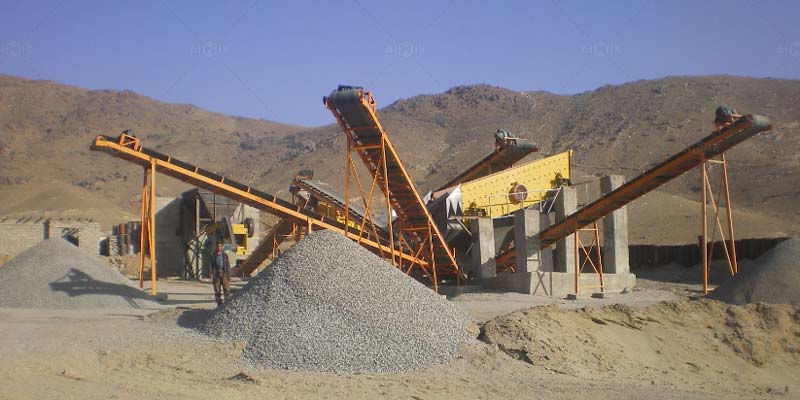
When your construction project demands both high-quality fine sand and graded stone aggregates, choosing the right crushing solution is critical. Especially for businesses targeting local sales of construction materials, the ability to consistently produce 0–5mm sand and 10–20mm gravel at a capacity of 120 tons per hour can offer a significant competitive edge. In this article, I’ll walk you through ideal crusher units to meet that need, while considering cost, performance, and flexibility in real-world conditions.
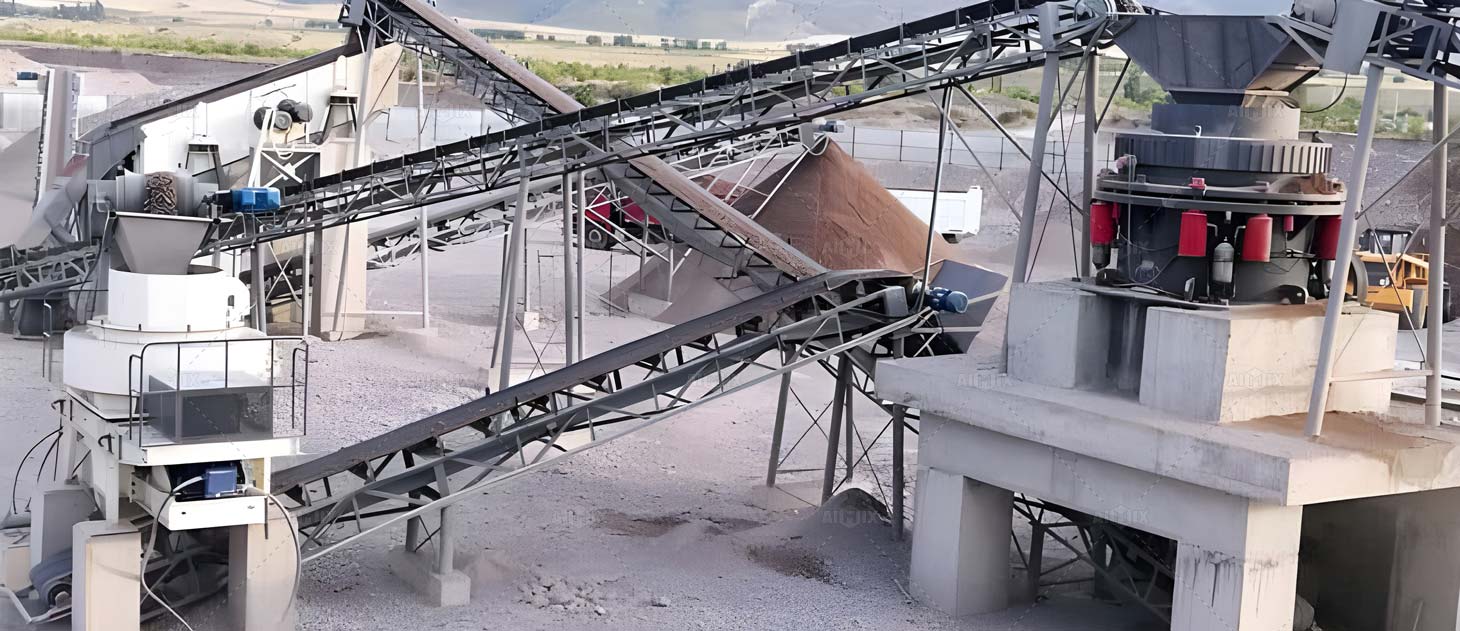
Before selecting equipment, we need to be clear about the production requirements. You’re aiming for:
This specific particle size mix is common in urban infrastructure and commercial projects. To produce both types simultaneously and efficiently, your plant layout must ensure fine screening accuracy and effective crushing performance.
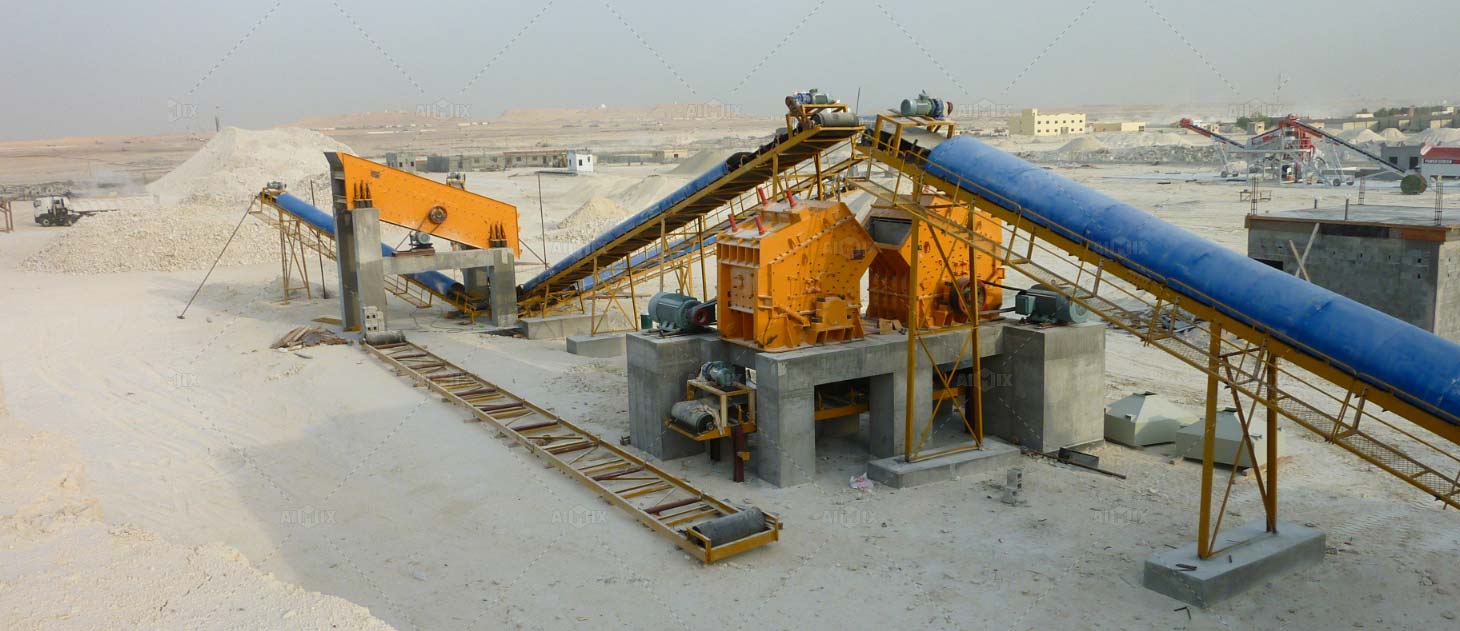
Now that the targets are clear, let’s move to the core — the recommended crusher combination.
A jaw crusher handles raw materials up to 600mm in size. It reduces large rocks into smaller pieces, around 100–150mm. This size is ideal for feeding into secondary and tertiary crushers. We usually recommend a PE600×900 or similar model for this setup — reliable, durable, and cost-effective.
For producing high-quality 10–20mm stone, a single-cylinder hydraulic cone crusher performs better than impact crushers. It provides better grain shape, higher efficiency, and less dust. It crushes 100–150mm material from the jaw crusher down to 10–20mm.
The VSI (Vertical Shaft Impact) crusher is key for manufacturing 0–5mm sand. The vsi sand maker uses high-speed rotor force to reshape aggregates into fine particles. The output sand meets construction-grade requirements for consistency and cleanliness.
After crushing, a 2- or 3-layer vibrating screen is essential. It separates the materials into different sizes. Oversized material returns to the cone or VSI crusher, while qualified 0–5mm and 10–20mm products are stockpiled for sale.
This combination ensures stable output and allows simultaneous production of both fine sand and stone. That means higher efficiency, better returns, and less downtime.

Once you’ve decided on the equipment, the next step is choosing between a mobile or stationary crushing plant.
For long-term operations near raw material sources, a stationary plant is more suitable. It provides higher capacity, lower energy cost per ton, and easier maintenance.
If your quarry changes locations or your projects vary, mobile crusher plants offer more flexibility. You can quickly move it to different job sites, and it's faster to install.
Either way, the equipment combination stays the same. Only the plant layout and mobility differ.
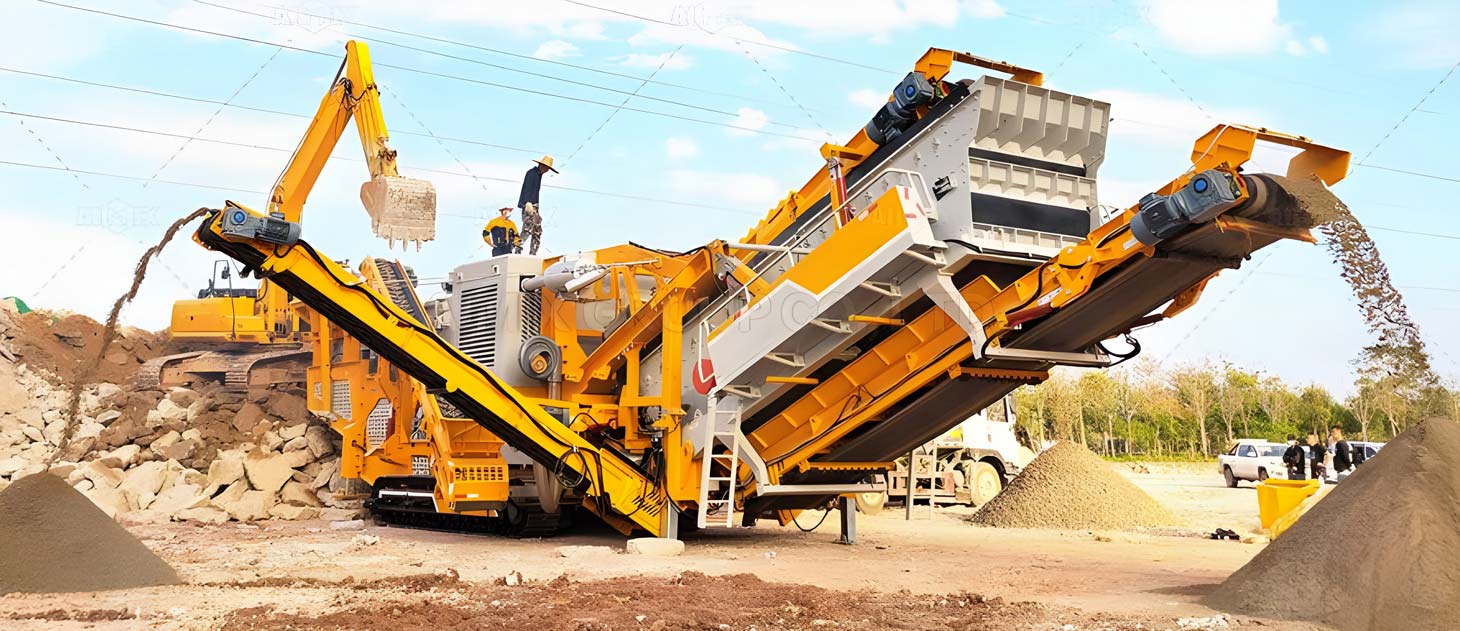
Let’s go beyond machine selection and look at operation tips:
These simple optimizations can help you get more value from every ton of material processed.
In many parts of Indonesia and Southeast Asia, small to mid-sized construction material suppliers focus on meeting the daily needs of batching plants, road contractors, and developers. Having a stable output of 0–5mm and 10–20mm allows you to:
That’s exactly what this crusher combination is designed to do — serve the local market with reliable quality and consistent production.
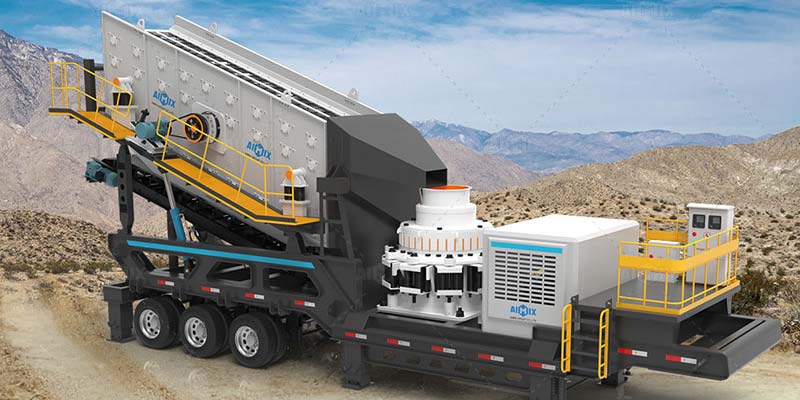
If you're looking to produce both fine sand and crushed stone at 120 tons per hour, AIMIX has turnkey solutions. We offer customizable plant layouts, fast delivery, and local service support in Indonesia. Whether you're starting a new aggregate business or upgrading your current setup, we’re here to help.
Contact us today to discuss your project and get a tailored solution that fits your needs.